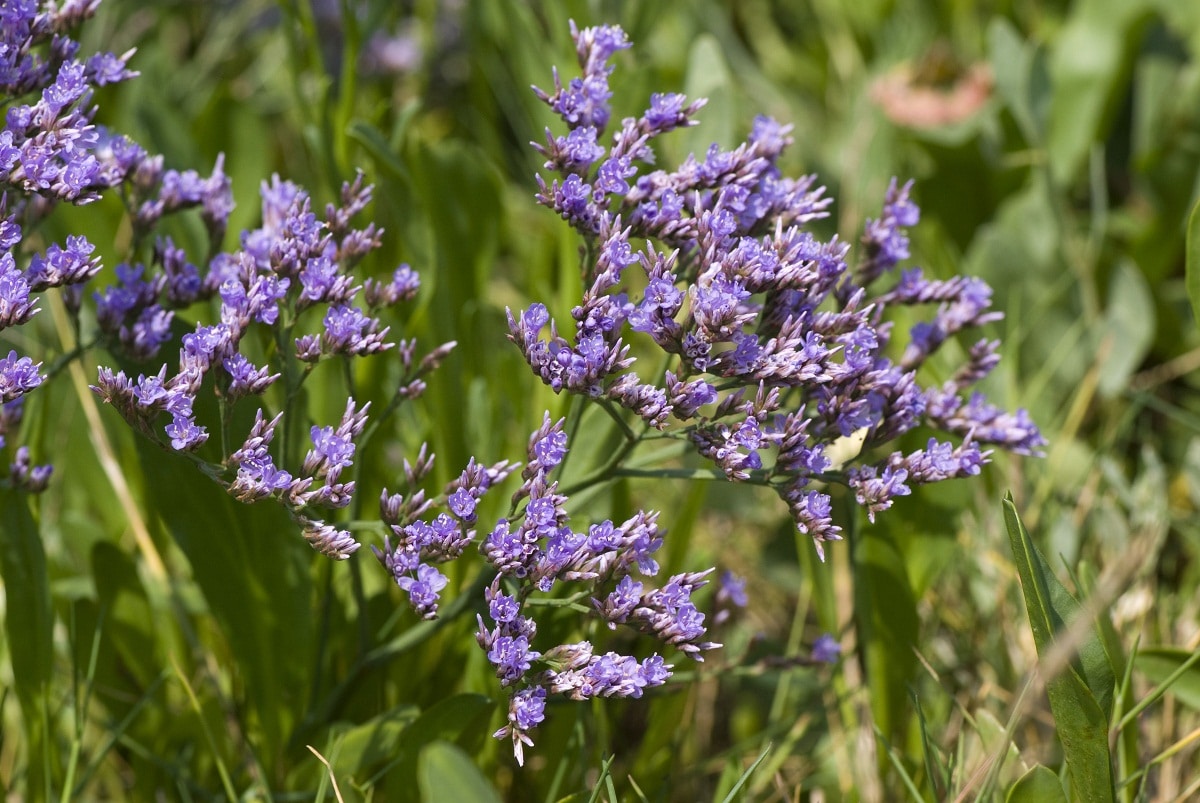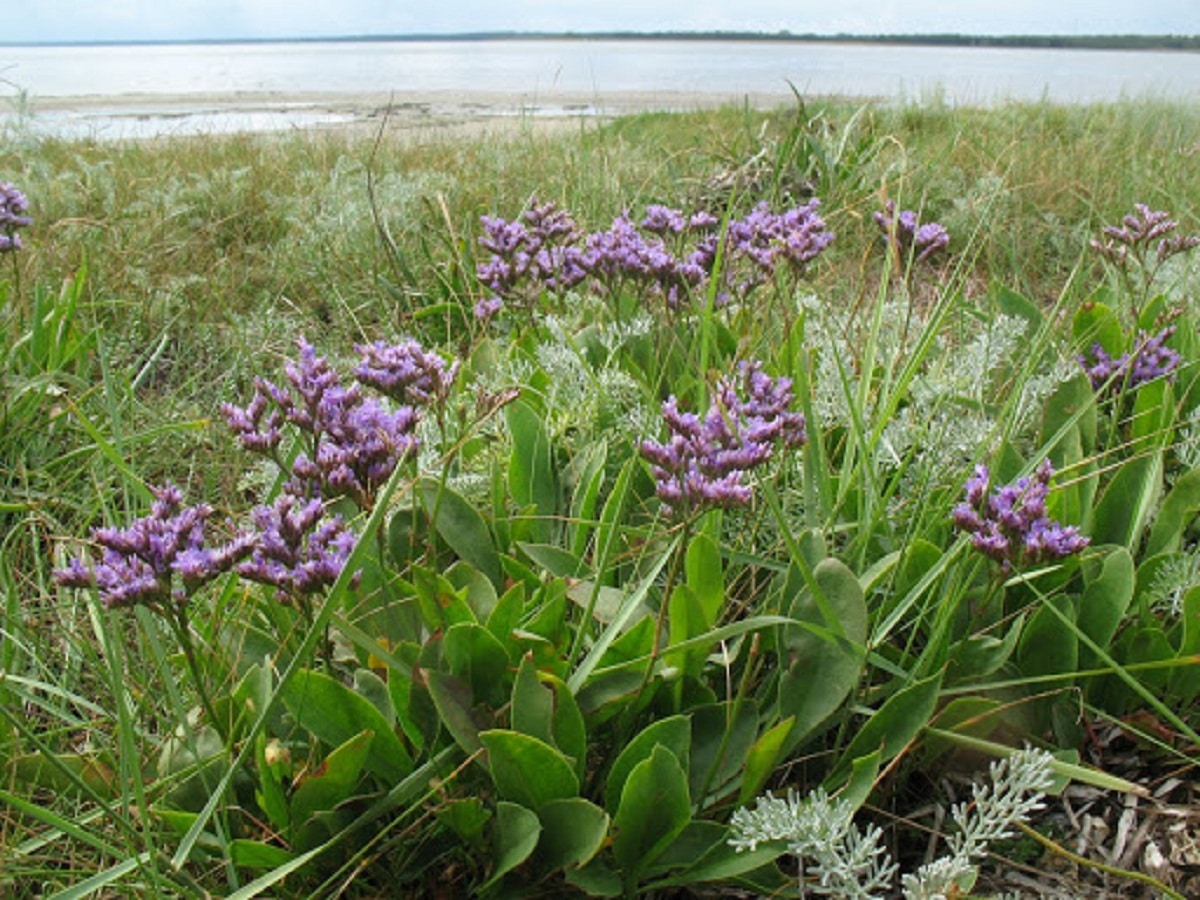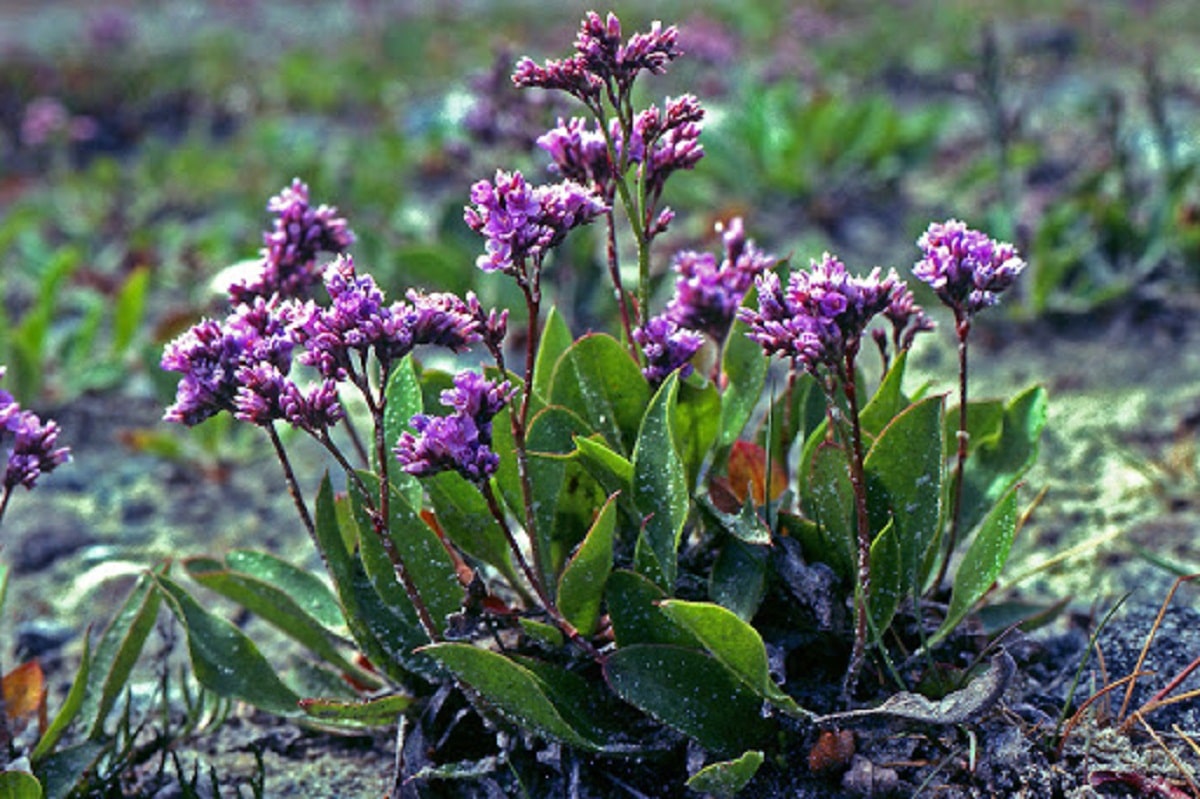
El Limonium vulgare stands out for its great resistance. Others have it more valued more for its ornamental value which comes from its beautiful flowers, although the truth is that this plant belonging to the genus lomonium it has earned the appreciation of many who wish to have it in their gardens.
They are more concentrated in the Canary Islands, but they are still distributed by regions of Europe, Australia, North America, Asia and Africa, developing very well the closer they are to coasts and marshes, growing up to two meters high.
Features Limonium vulgare

Features leaves up to 30 cm long and 10 cm wide when they have been developed to the maximum, being these totally simple. Regarding the flowers, these are grouped in inflorescences like corymbs. They are small of maximum 10 mm, contain a small capsule that is the fruit and inside there is a single seed.
Care
To keep it in excellent condition and in all the splendor of its beauty, needs some care, so pay attention:
You should place it where it receives direct sunlight throughout the day, since it is what favors its splendid flowering, the development will be optimal without a doubt. It can tolerate semi-shade but keep in mind that it will not develop the same.
For this one, all substrates are favorable to growIt is important that it is well drained, since this avoids puddles that are very harmful for this species of limonium, because the roots tend to rot.
It depends on the season of the year, where obviously in summer it will require more waterTherefore, the liquid must be supplied between 2 and 3 times a week, always ensuring that the soil is not saturated with waterlogging.
In any other season it should be done every 4 or 5 days. Important that if you usually place a plate under the pot, You must remove the excess water after ten minutes of irrigation.
The right time to apply compost is when flowering takes place or in hot months. The most successful thing is that you apply a liquid fertilizer, which can be algae extract or guano. Of course, be careful not to exceed the amounts of guano, as it can end up causing damage to the plant.
Pests that affect the plant
Always keep an eye on the Limonium vulgare, since even when the conditions of space, climate and environment are well served, pests possibly appear. That is the importance of knowing them and knowing how to eradicate them.
Aphids
If the plant is being invaded by aphids, You will see them in the flower buds because they feed on themAlso check on the most tender stems and green leaves. Once located, you can eliminate them with the help of neem oil, which you must apply to the affected areas.
Red spider
You detect them when the leaves begin to present light white spots, this is because the spider feeds on the cells of the leaves. To eradicate them you need to buy an acaricide and follow the application directions.
Trips
This parasite specifically attacks the leaves on the back sideWhen they are on the plant you will see small white spots that are their feces in this part of the leaf. To eliminate them you need to apply a natural insecticide or, failing that, use other synthetic ones.
More common diseases

Botrytis
Causes the plant to rot completely, to treat it a fungicide is used. When this disease manifests itself, there is no way to eradicate it, you can identify them thanks to the fact that the plant stops its development and presents mosaics on the leaves.
The plant multiplies by means of seeds, which should be sown at the end of the winter season or in autumn, since the temperature oscillates between 18 and 20 degrees, which is very favorable for limonium vulgare.